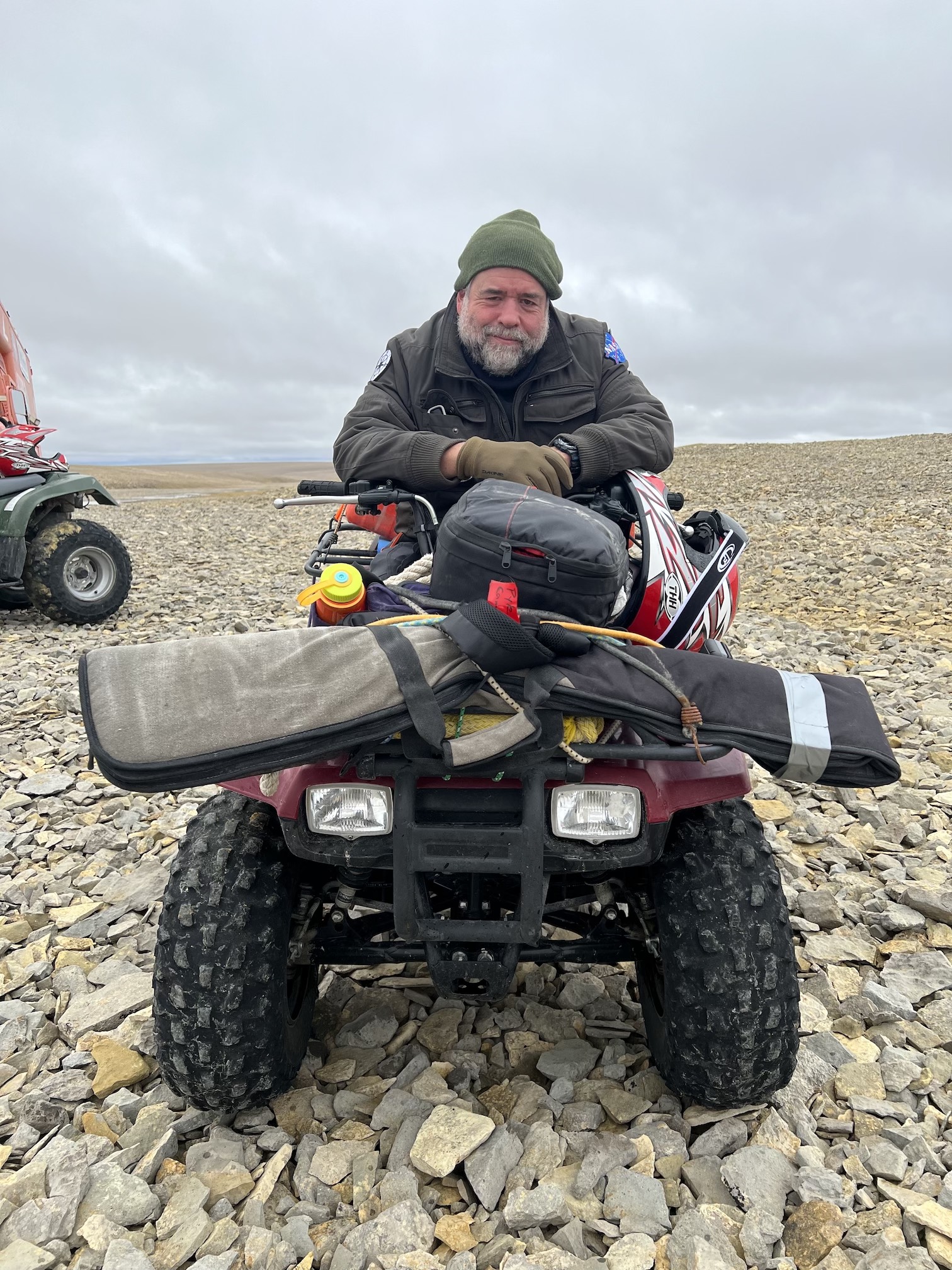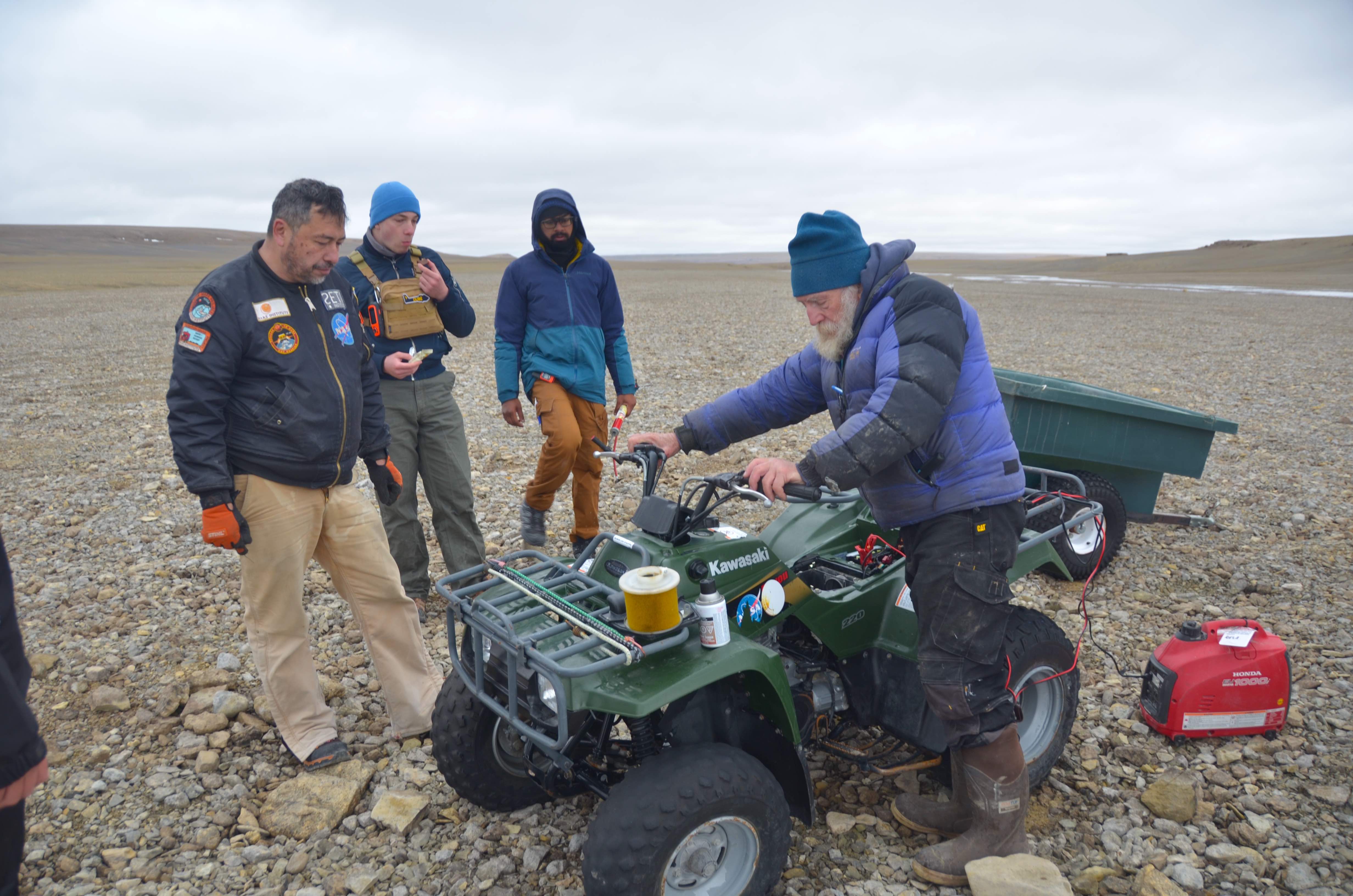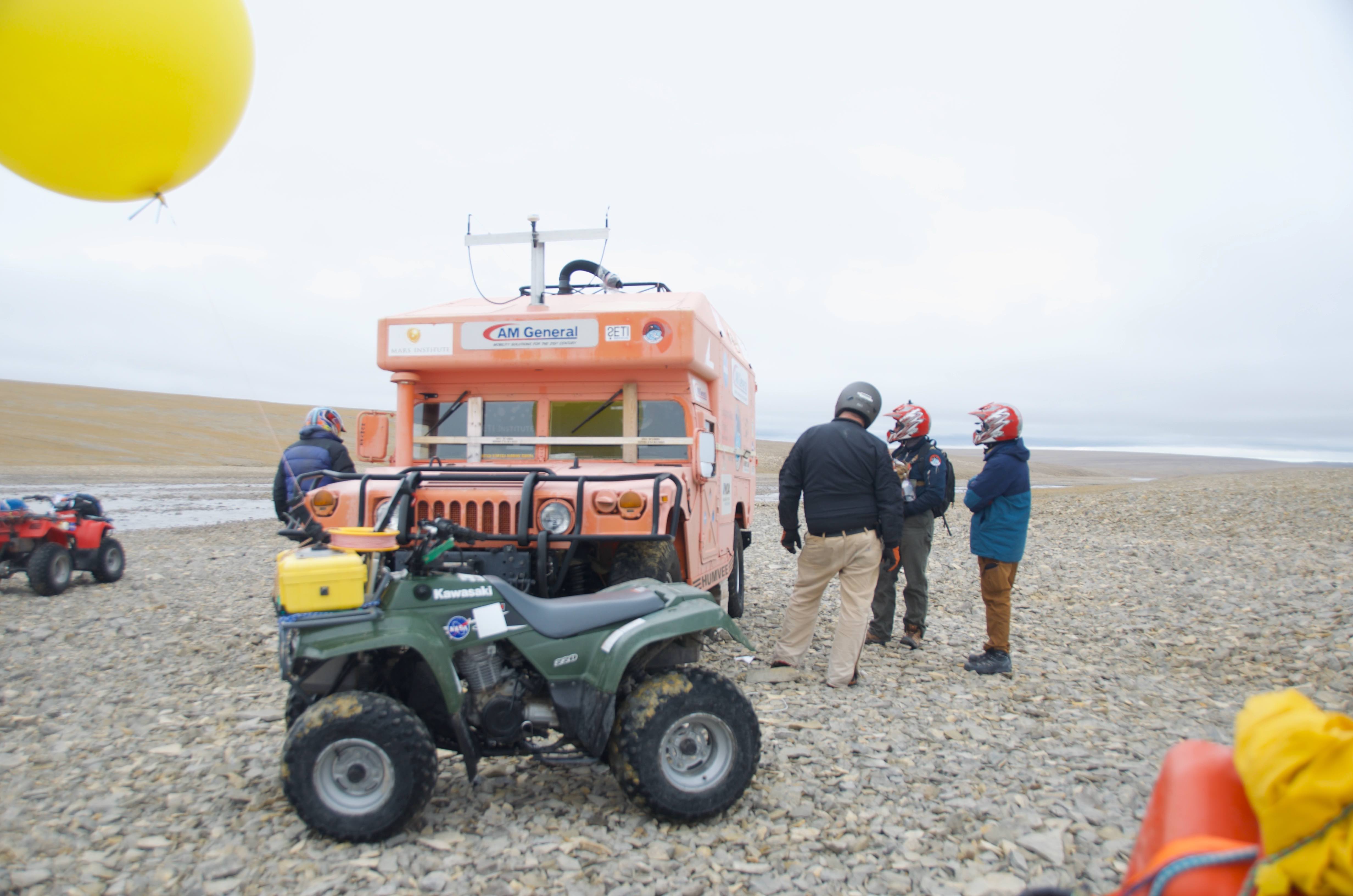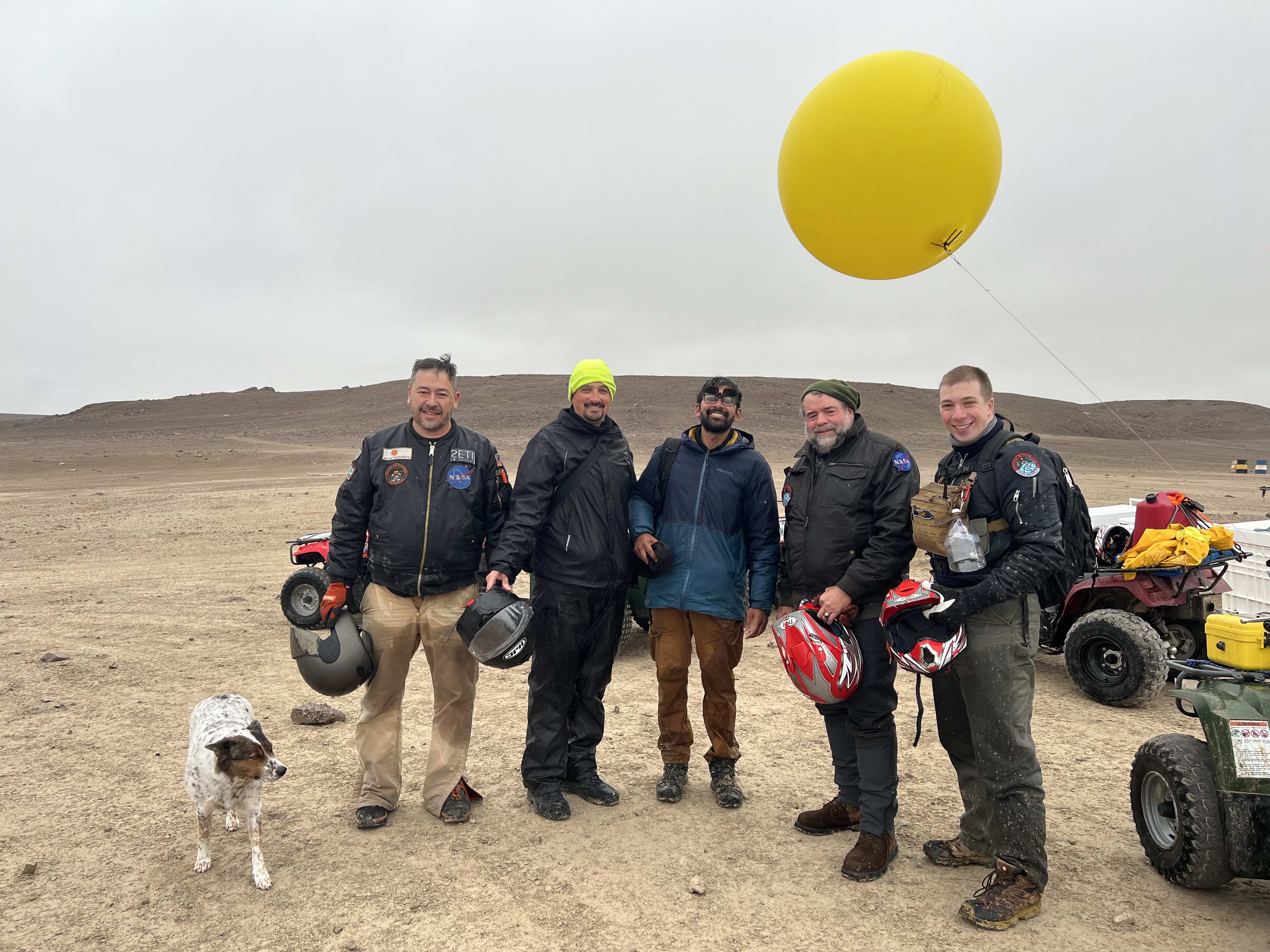We aren’t alone here.
While there are no signs of humankind here, we have plenty of other neighbors surrounding our simulated Martian home base at the Haughton-Mars Project on Devon Island in the Arctic.
As we closed on the green Kawasaki all-terrain vehicle, there were surprisingly few signs of wear from four years of exposure to the harsh elements of this arctic desert our project is using as a simulator for Mars. Upon closer inspection, however, two things became immediately apparent. First, there were claw and teeth marks on the plastic cladding from a curious (or very hungry) polar bear.
Related: A month on ‘Mars’: Get to know the Haughton-Mars Project
Rod Pyle is a space historian and author who has created and offered executive leadership and innovation training at NASA’s Johnson Space Center. Rod has received endorsements and recognition from the outgoing Deputy Director of NASA, Johnson Space Center’s Chief Knowledge Officer for his work.
Second, there was a buildup of river gravel on the leading edge of the ATV — at one or more points since 2018 (and most likely each spring), the nearby stream had flooded the plain and flowed onto and around the ATV. Those of us in the party who had little to no field experience were dumbstruck. John Schutt, Pascal’s station manager and a polar veteran, just said, “Huh,” and reached for his tools.

(opens in new tab)
He fiddled with it for about 20 minutes. First, he set up the battery to charge with a small generator, drained and replaced the fuel, and replaced the seat — it had been removed in 2018 to keep it safe from marauding bears. Surprisingly, the tires were still fully inflated. It was now time to try starting the machine, and it was then that I noticed there was no key in the ignition.
“Um … did anyone bring a key for this thing?” I asked, expecting a withering response. As it turned out, it was assumed that the key would still be there — Viking Valley isn’t the kind of place where things get stolen. But … no key. As we tried the keys for the other ATVs (after all, how many patterns would Kawasaki make for their little all-terrain vehicles?), Gabriel, our drone pilot, yelled, “Are you guys looking for a key?” He’d found it lying in river gravel nearby.
Now for the moment of truth. Key in, ignition on, and the thing kicked right over. Not only did it start on the first try, within 20 minutes it was running smoother than the other five ATVs in our procession that had not been sitting around resting for five years. I believe I’ll be sending Kawasaki public relations a glowing letter of recommendation — I can still barely believe it myself, and I was there. Just amazing.

(opens in new tab)
After a short meal break, we were back on the road toward our ultimate destination for the day, the Humvee called HMP Mars-1. This was donated by automaker AM General (suppliers of vehicles to the U.S. military) in 2002. Pascal has used it as an analog for a pressurized Mars rover, driving it across much of the region surrounding the HMP and blazing the trail we had followed toward the coast today.
Within the hour we came upon what is now a very Pepto-Bismol-pink Humvee, elevated on wood blocks and, like the green ATV, sitting alone near a riverbed. It had a wide webbing strap around the large body to keep curious creatures from clawing open the doors and its paint was peeling from too many seasons of arctic sun, but was otherwise intact and seemingly healthy. No amazing tales of resuscitation here though — it was getting into mid-afternoon and was increasingly cold and drizzly.

(opens in new tab)
After a quick check of the vehicle, Pascal and Gabriel deployed the aerial drone to fly a few miles further southwest to scout part of the remaining trail toward the coast. It did not take long to ascertain that the path ahead was not going to be easily traversed by something the size and weight of a Humvee, so we gave the beast one more look and turned back toward camp.

(opens in new tab)
GET CAUGHT UP WITH A MONTH ON MARS
On our way home, we took an alternate course to an area Pascal calls Ingenuity Valley, after the very successful NASA JPL Mars helicopter. This was virgin territory for everyone, but had been scouted by drone a few days earlier. After cresting a rise, we saw a long, gradual sloping valley, filled wall-to-wall with sharp rocks and cobbles. It was not a welcoming sight, but we are all here at least in part to explore, so off we set, following Pascal (who was now also towing the small ATV trailer) down the incline.
It was not without exciting moments — most of us have little experience off-roading — but after a few stalls and near-tumbles we reached the bottom and entered Planet of the Apes Valley, familiar territory from our first traverse. Within 90 minutes we were back in camp, where Jason (the IT professional from MIT) had prepared a wonderful, and very welcome, stir fry. We recapped the day and took our aching but gratified selves to bed for a welcome rest.
Follow us on Twitter @Spacedotcom (opens in new tab) or on Facebook (opens in new tab).

